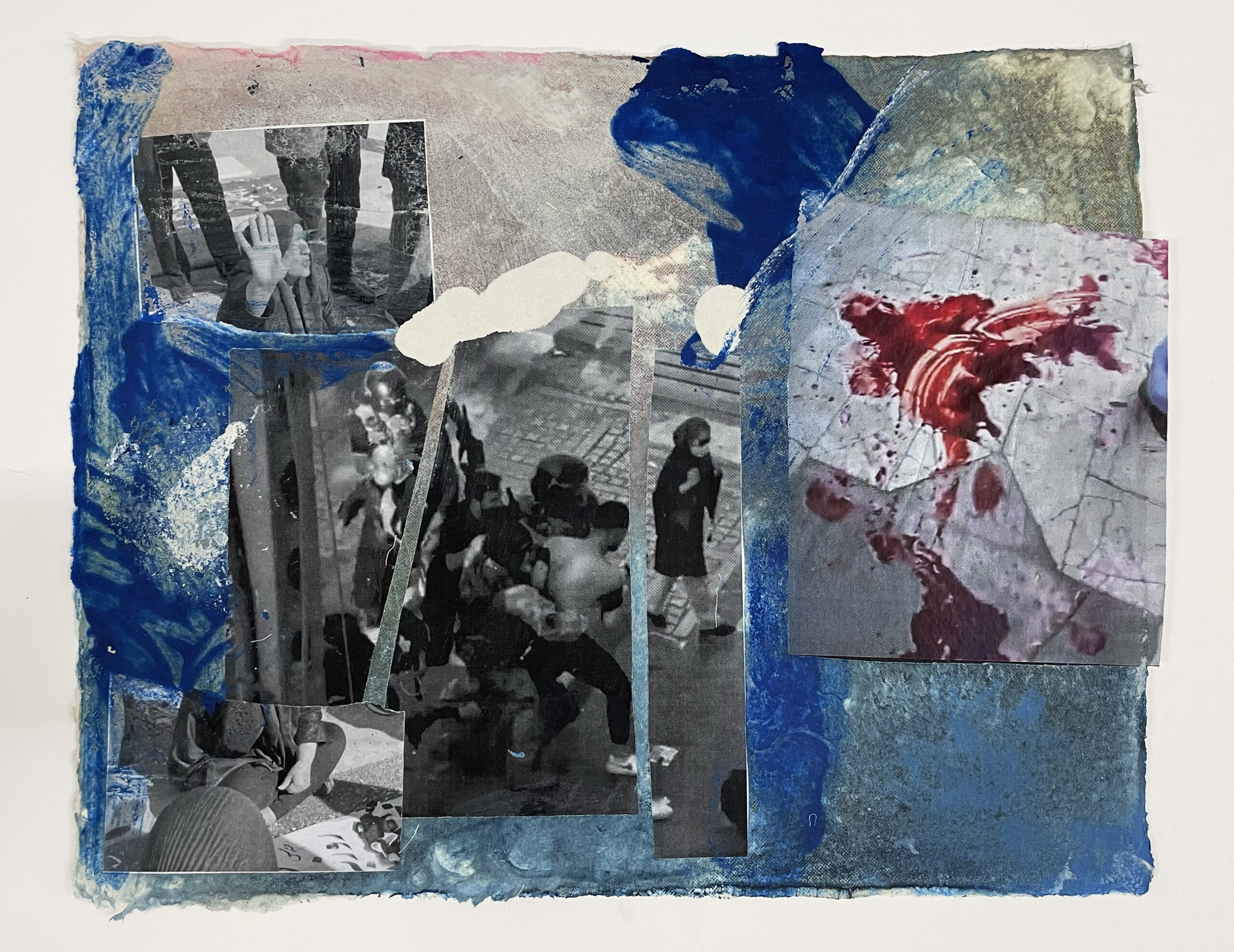News
Report Details Persistent Persecution of Iranian Artists

A new 100-page report by the American advocacy groups Artistic Freedom Initiative (AFI) and Voices Unbound (VU), in partnership with Berkley Law, details how Iranian artists have been systematically targeted in the aftermath of the “Women Life Freedom” movement in 2022, during which time Iranian security forces are believed to have killed more than 500 protestors and arrested more than 19,000.
Titled “I Create; I Resist: Iranian Artists on the Frontline of Social Change,” the report was released on September 10, ahead of the two-year anniversary of Mahsa Jina Amini’s death in Tehran in September 2022. Arrested for wearing an “improper hijab” and later dying in morality-police custody, Amini became a symbol of female oppression and persecution, with demonstrations in her memory ensuing across Iran and worldwide. Iranian cultural figures in the region and the diaspora were particularly active, and graphics, songs, drawings, photographs, and videos—dozens of which are featured in the report—became essential to the movement’s dissemination and sustenance.
According to the AFI’s and the VU’s research, the Iranian regime ramped up its suppression of cultural figures after September 2022, “including through online surveillance, the creation of celebrity task forces, issuing work bans, and threatening legal action.” The report features interviews with several visual artists who fled persecution before or during this time, such as multidisciplinary artists Jinoos Taghizadeh, who remains in exile in Canada, and Nazanin Noroozi, who has been in the United States since 2012 and fears returning to Iran. Noroozi’s mixed-media collages, which appear to integrate photographs of the 2022 protests, are featured on the cover of “I Create; I Resist,” as well as beside its chapter title pages.
Despite its emphasis on “Women Life Freedom,” the report clarifies that Iran’s censorship of artistic expression long predates the movement. The government’s Ministry of Culture and Islamic Guidance (MCIG) was established in 1987 to regulate all cultural production and funding in the country, including overseeing media networks, museums, publishers, and production companies, among other institutions. In July 2023, the deputy minister of the MCIG claimed that during the protests roughly 1,000 artists had broken Iranian laws, and another 300 “refused to conform with the system,” resulting in prohibitions on their professional production.
After highlighting the legal framework of free expression versus violations of artists’ rights in Iran, the report ends with a call to action, urging the “international community to support Iranian artists at risk by demanding their immediate and unconditional release . . . [and] to take measures to protect artists in exile by sanctioning the Islamic Republic for its transnational repression.” The final chapter notes that Iranian women artists are especially at risk of persecution, and so recommends intersectional programming to provide support.
The AFI is a pro bono initiative led by US-based immigration and human rights attorneys who provide assistance to artists from across the globe facing restrictions to their freedom of expression. Similarly, the VU is a nonprofit organization established in the US in 2023 by human-rights defenders, journalists, and activists to safeguard journalists and activists at risk.
Anna Lentchner is assistant editor at ArtAsiaPacific.







